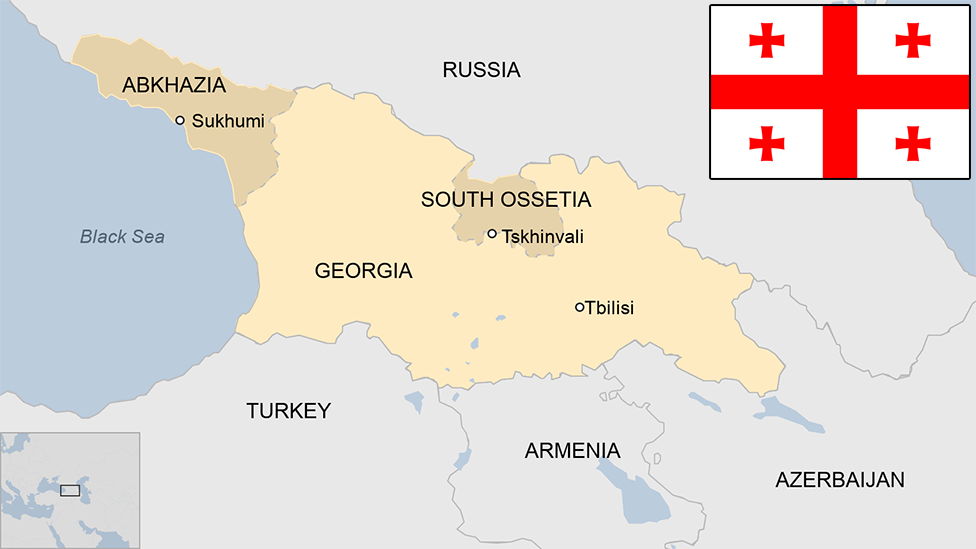Ingushetia profile
- Published
This page is no longer being updated. It was last updated on 28 August 2023
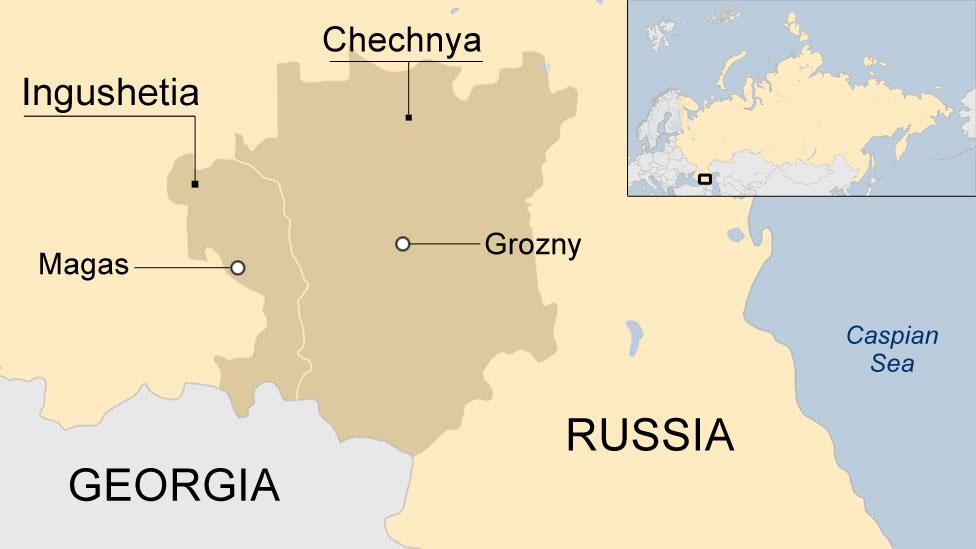
Ingushetia in the North Caucasus shares land borders with Georgia to its south and the Russian republics of North Ossetia-Alania and Chechnya to its west and east. It is one of the republics that make up Russia.
The overwhelming majority of the population is Muslim and clan links are an integral part of society.
The Ingush and Chechen peoples have close historical, cultural and linguistic ties, although the Ingush have not shared in the fierceness of the resistance to Moscow put up by the Chechens over the past 200 years.
Part of the Russian empire since the early 19th Century, Ingushetia was formally joined to Chechnya under Soviet rule in 1936 when it formed around one-fifth of the Chechen-Ingush Autonomous Republic within Russia.
Read more country profiles, external - Profiles by BBC Monitoring, external
REPUBLIC OF INGUSHETIA: FACTS
Capital: Magas
Area: 4,000 sq km
Population: 509,500
Languages: Russian, Ingush
Life expectancy: 77 years (male) 83 (female)
MEDIA
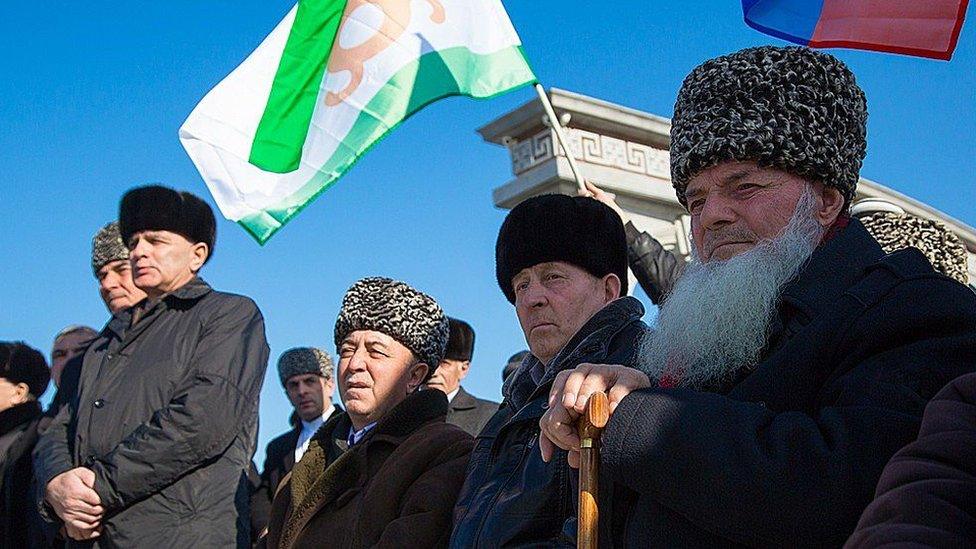
Ingushetians attend a commemoration ceremony for the victims of the 1944 exile ordered by Stalin
The authorities are accused of stifling media freedom and of silencing opposition. The meagre local media scene consists almost entirely of official outlets.
Ingushetia is "a lawless zone where enemies of the press can attack journalists with impunity", says the US-based Committee to Protect Journalists (CPJ).
TIMELINE
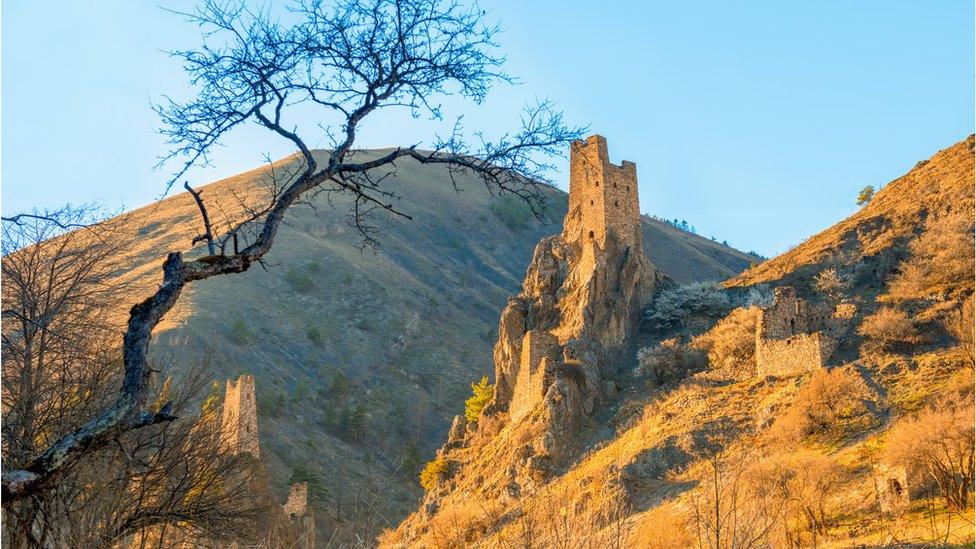
The ancient tower complex of Vovnushki, in the Caucasus mountains in Ingushetia, was once part of the Great Silk Road
Key events in the modern history of Ingushetia:
1944 - Like the Chechens, the Ingush, despite their history of relative loyalty to Moscow, are deported to Central Asia towards the end of World War Two by Stalin who accuses them of collaborating with the Nazis.
1957 - The exiles are only allowed home once Khrushchev is the Soviet leader.
1991 - When Dzhokhar Dudayev comes to power as Chechen leader and declares a Chechen sovereignty, the Ingush resist. A brief conflict ensues, and the Ingush subsequently vote in a referendum to form a separate republic within the Russia Federation.
The Ingush and North Ossetians have a history of rivalry. Ingushetia lays claim to the neighbouring Prigorodny district which was included in the Russian Republic of North Ossetia when Stalin deported the Ingush in 1944. For many years after their return, the district had a substantial Ingush population.
1992 - Violence between the two sides breaks out. The North Ossetians say it is sparked by Ingush radicals seeking to include Prigorodny in the newly formed Republic of Ingushetia. The Ingush say the North Ossetians attacked first and they acted in self defence.
Hundreds are killed in the clashes. Moscow sends troops to establish order. The Ingush population is expelled from the district, causing a refugee crisis in Ingushetia.
1999 - Thousands of Chechens flee into Ingushetia when Russian troops return to Chechnya.
2000s onwards - An Islamist insurgency in North Caucus breaks out between Russia and militants associated with the Caucasus Emirate and, from 2015, Islamic State groups. Incidents are mostly concentrated in the North Caucasus republics of Chechnya, Dagestan, Ingushetia and Kabardino-Balkaria.
During this period militant attacks became a frequent occurrence in Ingushetia.
2004 - Several dozen people, including the acting Ingush interior minister, are killed in attacks reported to have involved hundreds of gunmen. These clashes prompt the Kremlin to order a change of leadership in a bid to reduce the level of violence.
2009 - A renewed spate of attacks, including a suicide bombing at a police station that killed at least 25 people - the deadliest attack in the republic since 2005 - and an attempt on the life of the then-President Yunus-Bek Yevkurov.
Moscow reacts by announcing another overhaul of security in the republic.
2010 - Security forces announce the arrest of a leading militant linked to the assassination attempt, and several other attacks.
Mr Yevkurov says militants have killed more than 400 members of the security forces and wounded more than 3,000 civilians since 2005.
2017 - Russia's FSB internal intelligence agency says that the last insurgent underground group in the North Caucasus has been eliminated.
2023 - Three police officers are killed and eight others wounded in a shootout in northern Ingushetia. Two gunmen are also killed in the operation to arrest the group, following earlier shootings in the most significant upsurge in violence in Ingushetia since 2012.

Ingushetia remains one of the poorest regions of Russia
Related topics
- Published25 March 2024
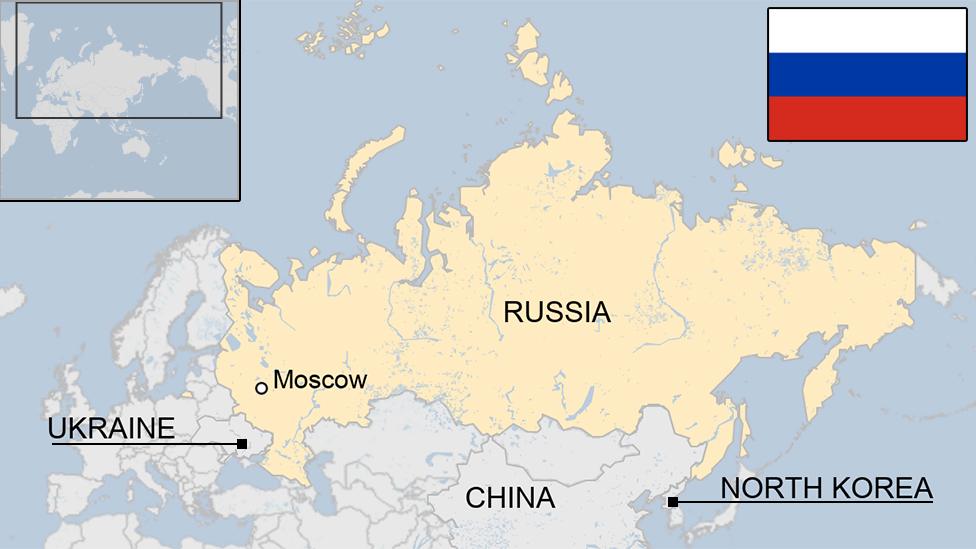
- Published28 August 2023

- Published28 August 2023
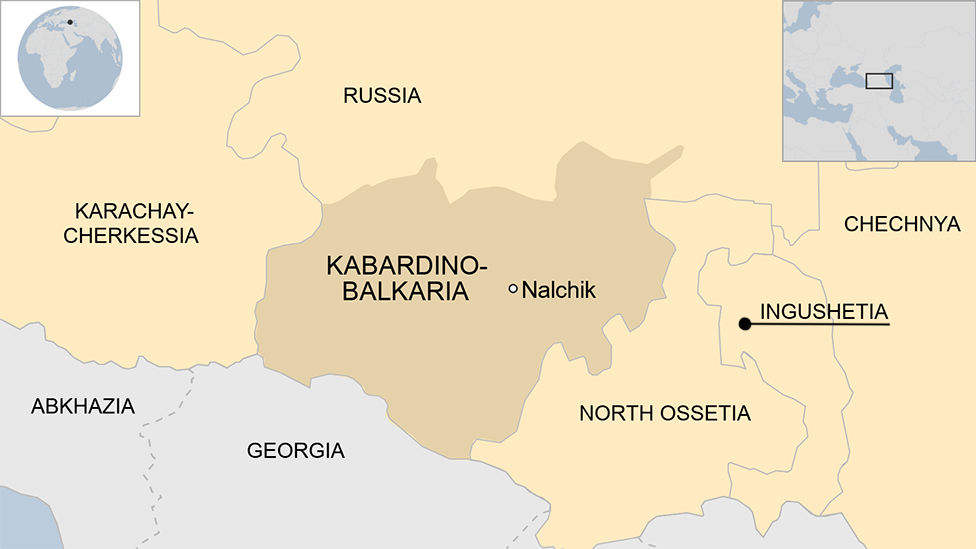
- Published17 October 2024
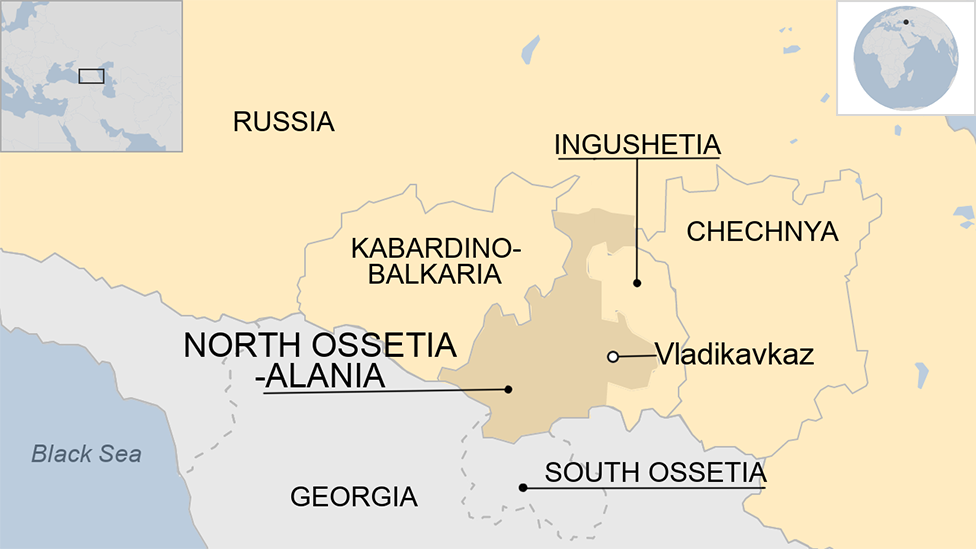
- Published28 August 2023
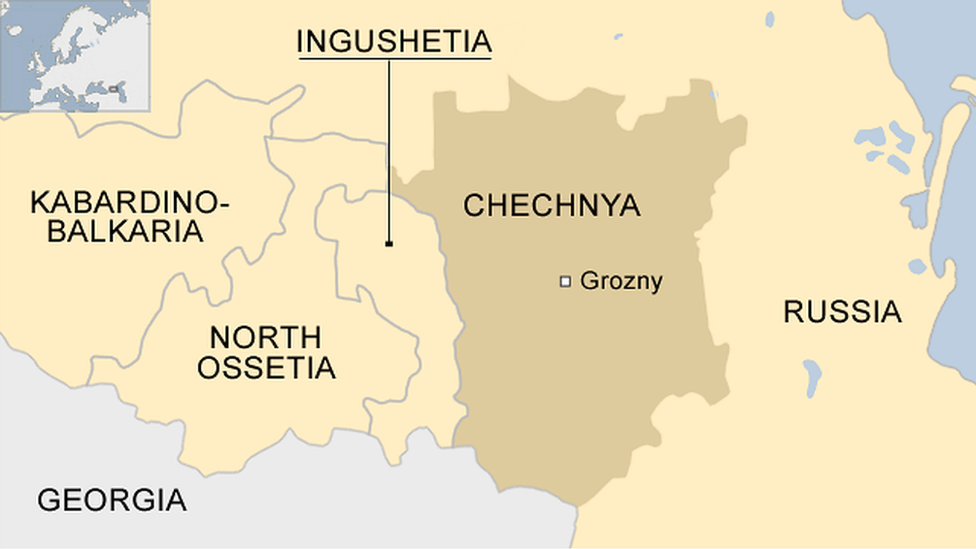
- Published30 October 2023

- Published25 October 2024
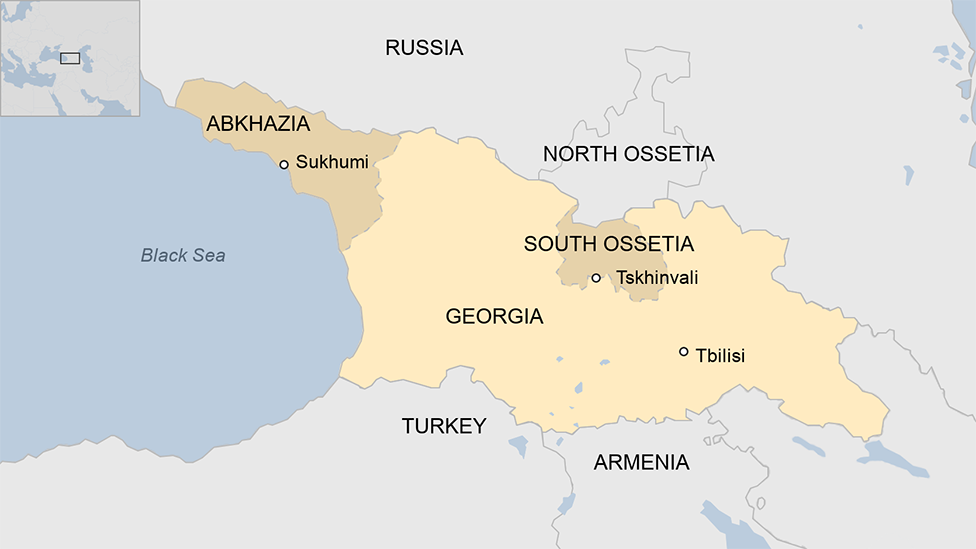
- Published19 November 2024

- Published31 December 2024
